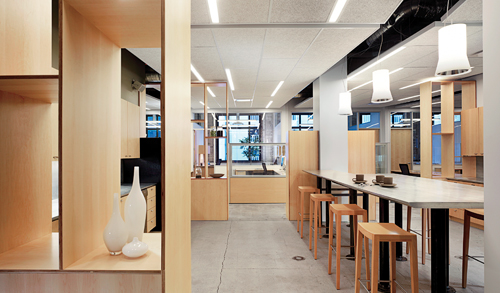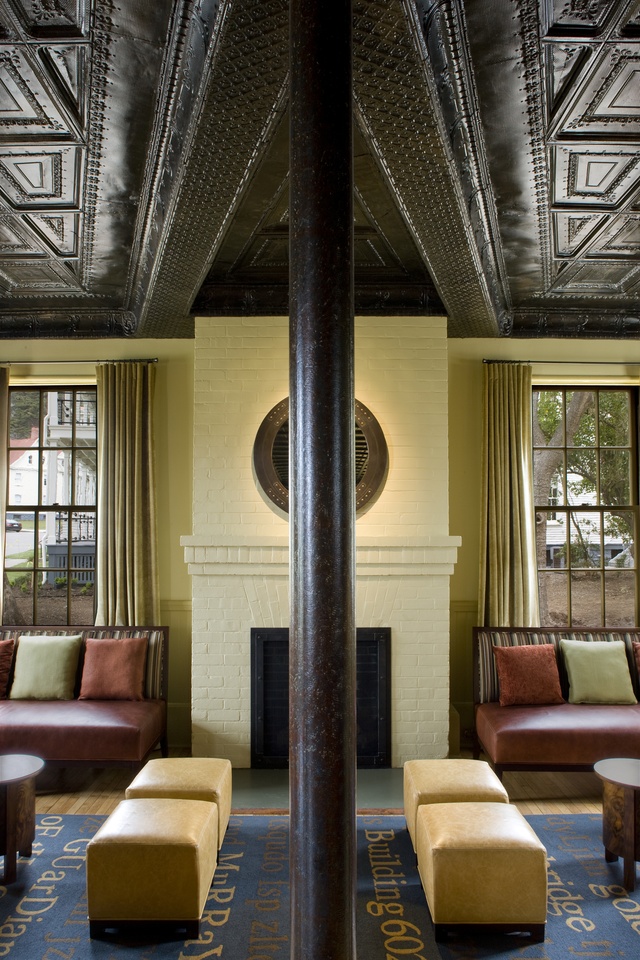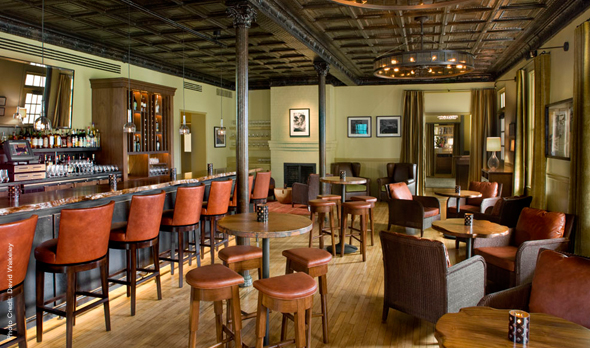Collaboration between architects & interior designers

Although it may seem like architects and designers must be naturally collaborative and co-exist amicably, in my practical experience both as an interior and lighting designer, this isn’t always the case. Why you might ask? After all, they both belong to same creative industry. Before I get into that, let’s talk about the roles of both of these professions.
Understanding their roles
An architect mainly focuses on a building’s shell – it’s planning, design and construction. On the other hand, interior designers focus on creating a memorable experience inside that shell for the users of the space. Although some architects may also be equally adept at designing interior spaces too.
As designing, constructing or upgrading a building takes up a large chunk of a client’s budget, in many cases, interior designers are engaged into a project towards the end of the conceptual stage – much like an after thought. In fact, I recall a shocking experience while working in Singapore when our design team was engaged by the architect 3 days before a client presentation. Our task was to fill in the floor plans for an entire college campus with furniture so they wouldn’t look empty! By this stage, our relationship with the architect became more competitive (mainly for budget) rather than collaborative. Not to mention, we didn’t get the opportunity to provide the best possible solution for the client.
Tips for success
When I found out about a panel discussion on this very topic organized by AIA, I was eager to find out more! The panel consisted of two teams of an architect and interior designer each and they spoke at length about their experiences of working with each other over the years.
Both teams shared some useful insights which would be helpful for clients, project managers, architects and designers looking to collaborate. I’ve summarized the information below, along with images showing some of the successful projects born out of these collaborations:
- Form a design team with complementary expertise and vision.
- Define roles, responsibilities and communication protocols at the start of a project.
- Involve interior designers early on in the project. What they bring to the table is beyond furniture and color schemes - they drive the creation of an experience which is appropriate to the place.
- Share and communicate with each other. Speak candidly.
- Have a relationship where you can have fun (even around the client).
- Don’t be afraid to explore new ideas which you may not have explored if you were working alone.
- Work with people who you respect and whose work you admire.
Examples of successful collaborations
Here are images of the LEED Platinum award winning office for The Energy Foundation in San Francisco, a collaboration between Tannerhecht Architects and Gail Gordon:



Here are images of the LEED Gold certified Cavallo Point Lodge which was a historic military installation, rehabilitated and given a new purpose by Architectural Resources Group in collaboration with BraytonHughes Design Studios:



Share your experiences of successful or unsuccessful collaborations with me in the comments! If you’d like more information about the four panelists, you can find it here.
.jpg)

